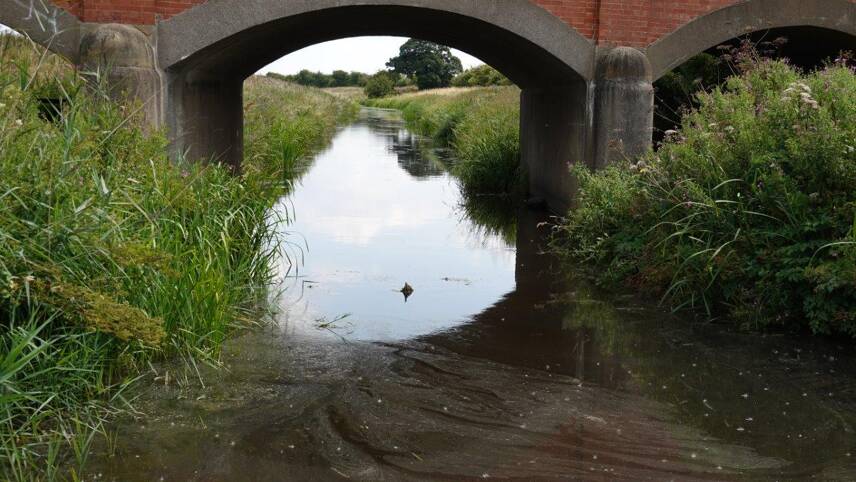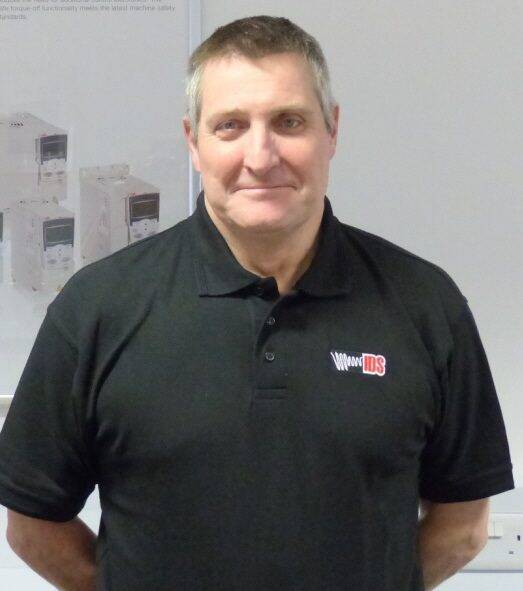You’ve reached your limit!
To continue enjoying Utility Week Innovate, brought to you in association with Utility Week Live or gain unlimited Utility Week site access choose the option that applies to you below:
Register to access Utility Week Innovate
- Get the latest insight on frontline business challenges
- Receive specialist sector newsletters to keep you informed
- Access our Utility Week Innovate content for free
- Join us in bringing collaborative innovation to life at Utility Week Live

Many pumping applications used throughout the water and wastewater industry are not yet benefitting from the use of variable speed drives (VSDs). One such application is drainage pumps, used in low level areas such as South Yorkshire and the Fens, which transfer water from dykes into rivers. The benefits go far beyond energy savings, as Blaise Ford of ABB value provider IDS explains.
Traditionally, drainage pumps transferring water between dyke and river are duty-standby, rated up to 90kW and often star-delta started to switch the pump on or off.
 The pumps are set up to cope with storm or flood conditions, and as such they tend to be over-sized compared to the capacity required during dry weather. This means that in dry weather these pumps create a high velocity water flow within the dyke – similar, in effect, to a fast flowing river.
The pumps are set up to cope with storm or flood conditions, and as such they tend to be over-sized compared to the capacity required during dry weather. This means that in dry weather these pumps create a high velocity water flow within the dyke – similar, in effect, to a fast flowing river.
When the water level in the dyke is relatively low, this high flow velocity causes significant wear on the embankment which can lead to subsidence. The fast-flowing water also drags vegetation and weeds into the filter screen, which then needs to be cleaned, further increasing maintenance costs.
At the heart of the problem is the sheer size of the pumps and the fact they are set up to cope with flood conditions in order to avoid the dyke over-spilling and flooding the farmland. Yet these worse case conditions only occur occasionally.
 Enter the variable speed drive (VSD).
Enter the variable speed drive (VSD).
VSDs are renowned for their energy saving capabilities by controlling a pump’s motor speed in relation to the flow demand. While this is clearly an advantage for drainage pumps, the VSD also brings other benefits that might not have been expected.
The dyke level measurement is connected to the VSD which can be programmed so that at low water levels, the pump will run slowly, at an energy efficient speed – typically around 35 to 40Hz – and only speed up when there is a flood. This reduces energy consumption, pump wear and tear, the need for screen cleaning and risk of subsidence of the dyke wall.
With government pressure on drainage boards and other organisations to reduce energy wastage and carbon footprint, there is a clear bonus in using VSDs.
But just as important is the impact VSDs have on lowering installation and maintenance costs. For example, the control panel is as simple as an isolator, fuses, inverter and pump combination together with safe torque off when used with an e-stop – no other circuits are needed.
Gone are the days of hard-wired contactors and relays found in traditional water industry panels. The VSD communicates with the telemetry and other devices including flowmeters and level gauges and ensures efficient speed control of the pump’s motors. Even seal leak failure of the pump can be taken into the VSD and reported back as a fault.
The overriding benefit is that when refitting a pumping station, the cost can now be substantially lower, as installing a VSD eliminates much of the hard wiring for ancillary components.
Also, today’s VSDs offer intelligent pump software, designed specifically to enhance the operation of pumping stations. The software can decide which duty pump or pumps to run, it can keep wear and tear constant, it can adjust speed dependent on level, and it can use PID control to set speed versus flow levels, along with a host of other features.
Now might just be the perfect time for drainage boards throughout the UK to look at the use of VSDs.
 See this content brought to life at Utility Week Live, 17-18 May 2022 NEC Birmingham
See this content brought to life at Utility Week Live, 17-18 May 2022 NEC Birmingham
Delivering smart water networks is one of the frontline challenges at the heart of Utility Week Live 2022’s live content programme.
View the challenges and be alerted for tickets to the industry’s most eagerly awaited reunion at utilityweeklive.co.uk.

Please login or Register to leave a comment.